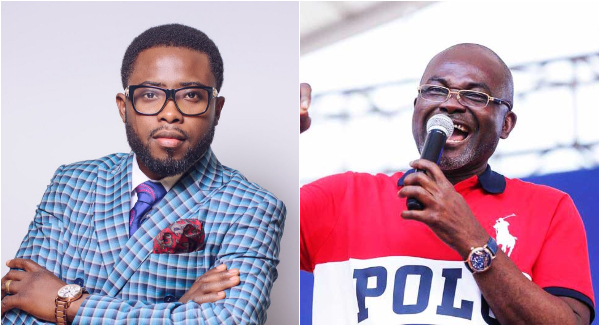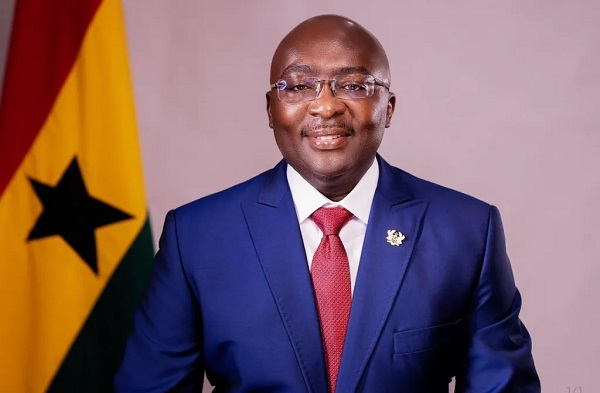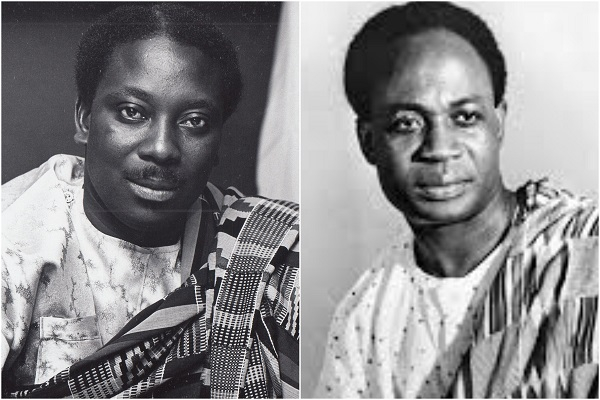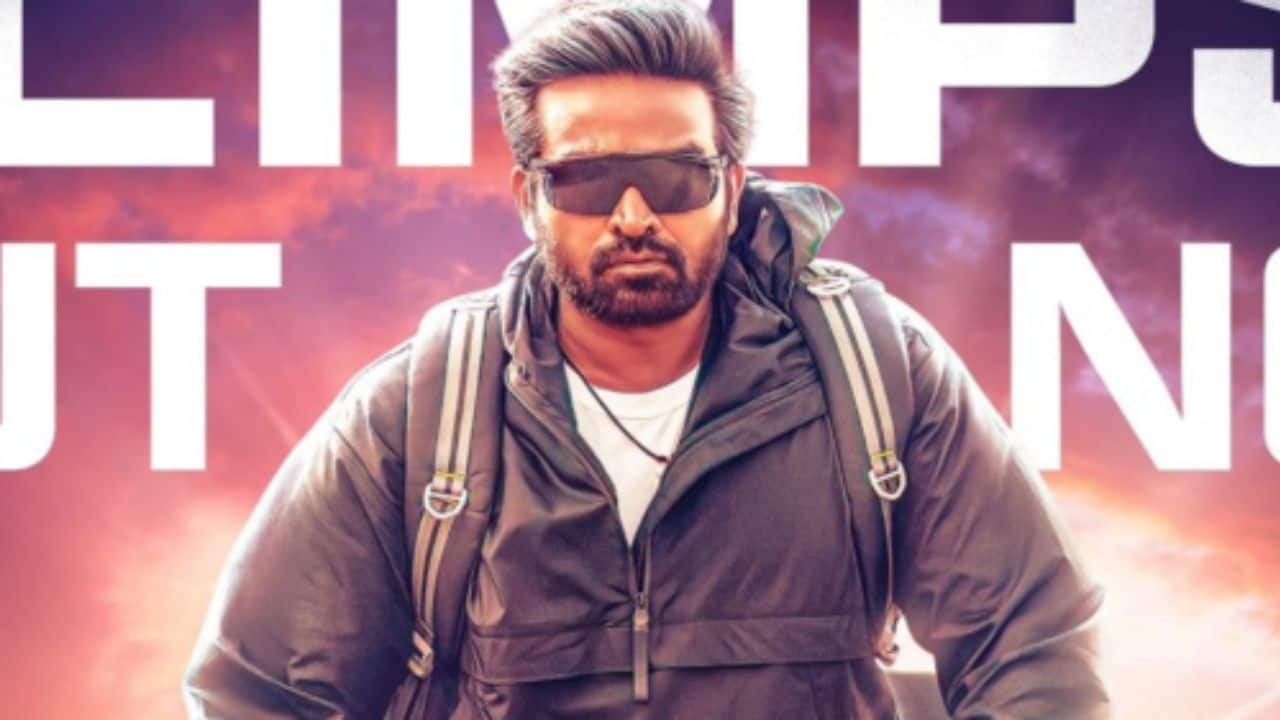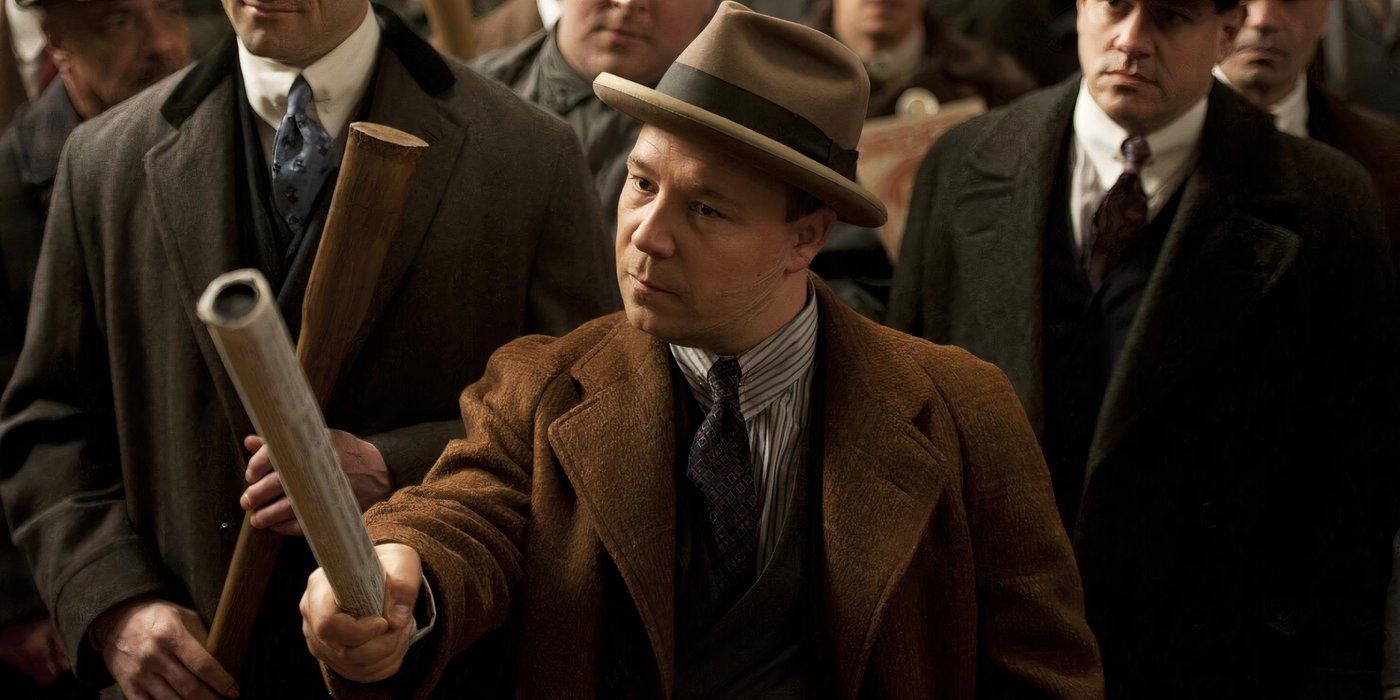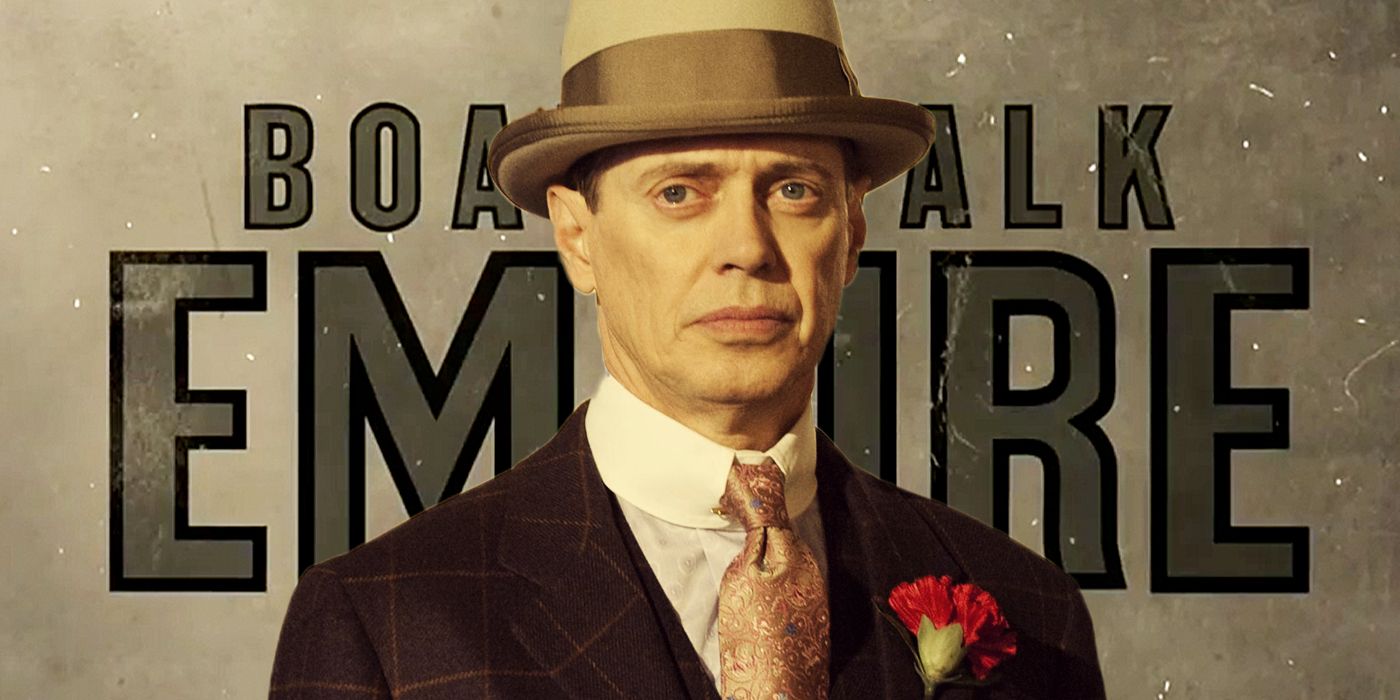status among the greatest actors who have ever lived was in no small part due to his unmatched talent in the gangster genre. While De Niro’s career will forever be defined by his acclaimed collaborations with Martin Scorsese, he’s also portrayed gangsters for the likes of all-time great directors such as Michael Mann, Sergio Leone, and Quentin Tarantino. Although it must be admitted that some roles were far more acclaimed than others, it’s always exciting to see De Niro’s name on the cast list for a gangster or crime movie.
Many of the best De Niro films were in the gangster genre, as his tough guy persona was able to seamlessly capture the menace and fear needed to portray cunning crooks and murderous mobsters. While De Niro’s greatest gangster roles include some of the greatest movies of all time, he’s also had a few unfortunate duds across his more than 60 years in the film industry. However, even in his failures, as his presence elevated even the most lackluster gangster release.
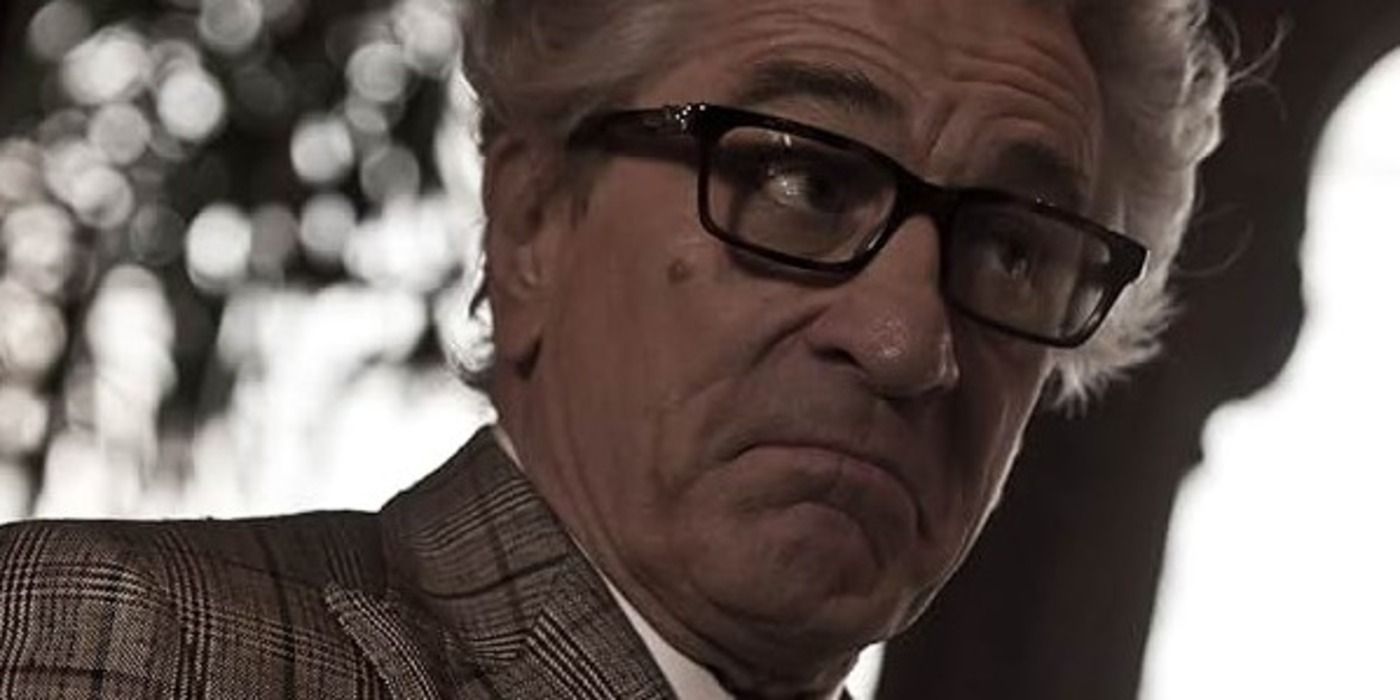
Nobody can deny there are a few clunkers in Robert De Niro’s late-career filmography, with The Bag Man being a disappointing addition to the actor's long list of gangster roles. As Robert Dragna, De Niro played an elderly gangster who hires John Cusack to pick up a mysterious bag for him and not look at what’s inside, only for Cusack’s character to end up facing off against a litany of deranged characters all with a special interest in the bag. As a tedious Tarantino rip-off made a few decades too late, .
The Bag Man
- February 28, 2014
- 108 minutes
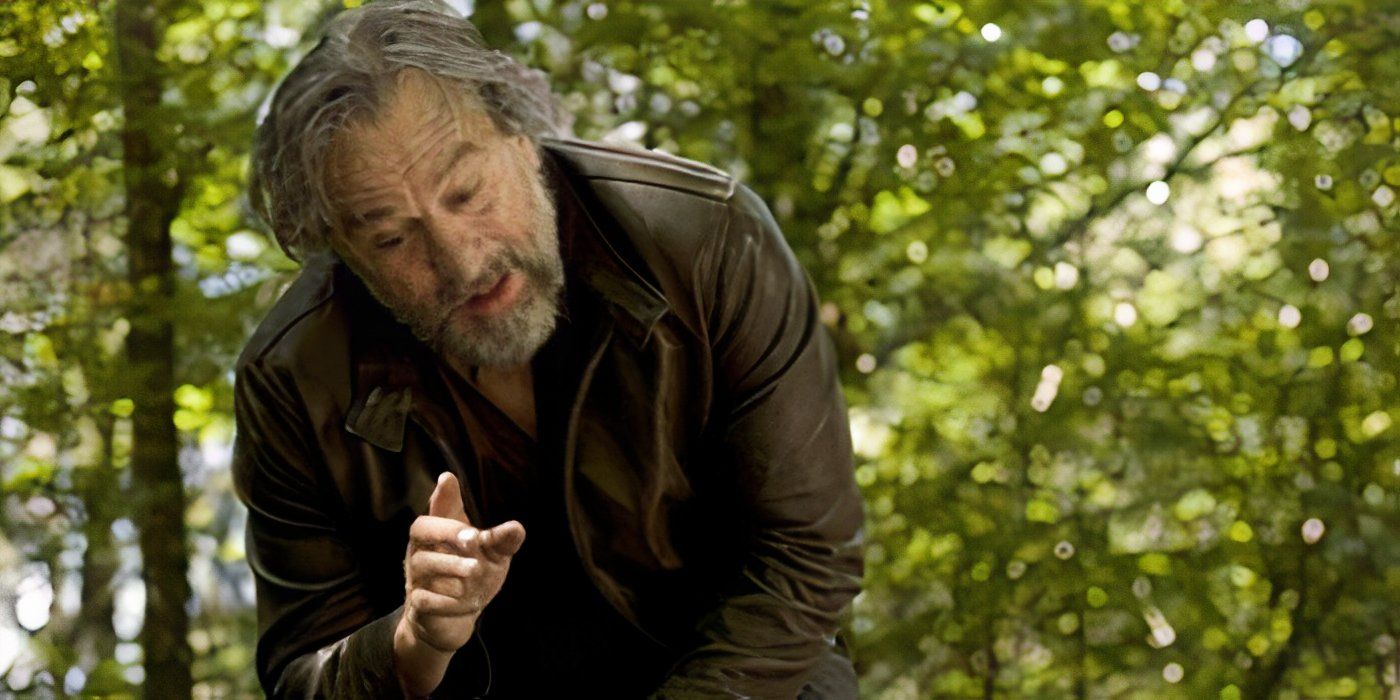
While Martin Scorsese may have served as an executive producer on The Family, this crime story had none of the appeal of the director’s acclaimed collaborations with De Niro. being forced to take up a new identity as Fred Blake when he and his family go into witness protection, this overly familiar setup did not work well as either a crime movie or a comedy. Despite a great cast including De Niro, Michelle Pfeiffer, and Tommy Lee Jones, The Family was a derivative and forgettable release that was panned by critics.

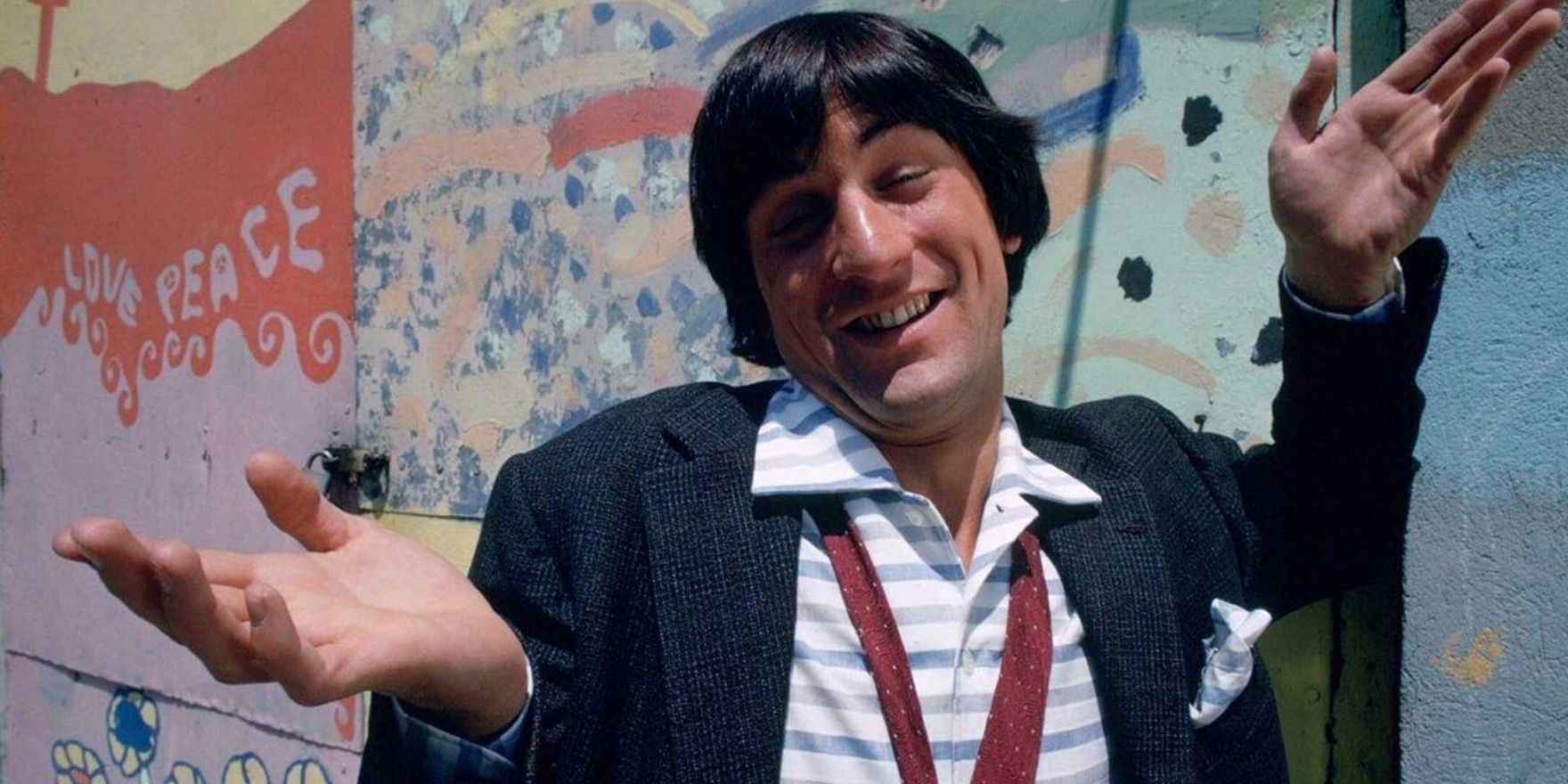
Robert De Niro starred in a few gangster films before rising to fame through his work with Martin Scorsese, and movies like The Gang That Couldn’t Shoot Straight make it clear just how much he improved after teaming up with the legendary director. While , this forgettable James Goldstone film had little to offer and was a total mess of a crime comedy. Seeing De Niro act alongside Leigh Taylor-Young was a highlight, but everything else was a bust.
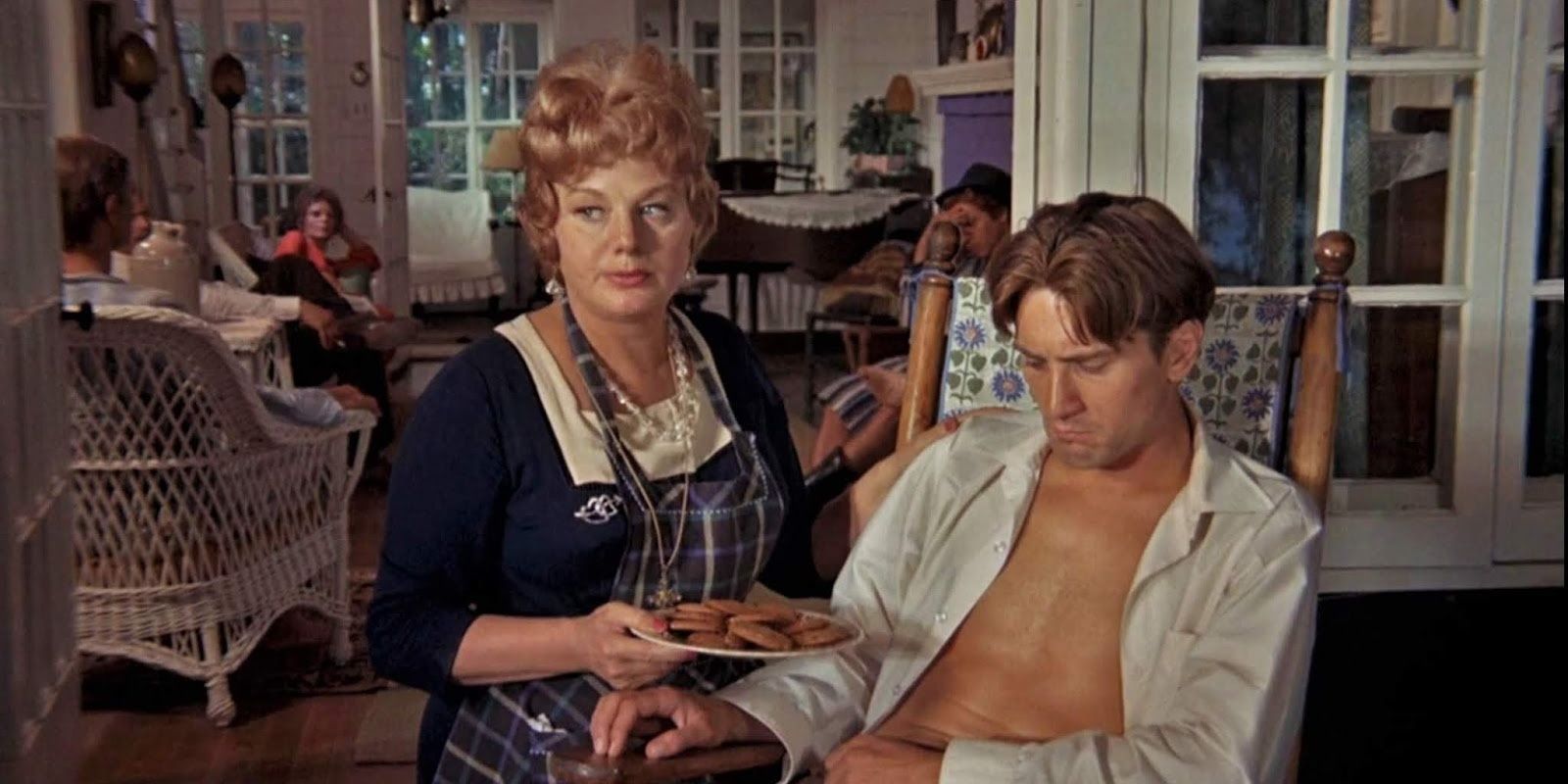
Inspired by the real-life story of Ma Barker, Bloody Mama starred Shelley Winters as a mentally disturbed mother who encouraged the criminality of her four adult sons in rural Arkansas during the Depression. With Robert De Niro as the loyal, drug-addicted son Lloyd, Bloody Mama was one of the actor’s first major roles, and although it does not quite reach the heights of his later greatness, it was an interesting performance in a deeply fascinating crime movie. At just 26 years old at the time, .
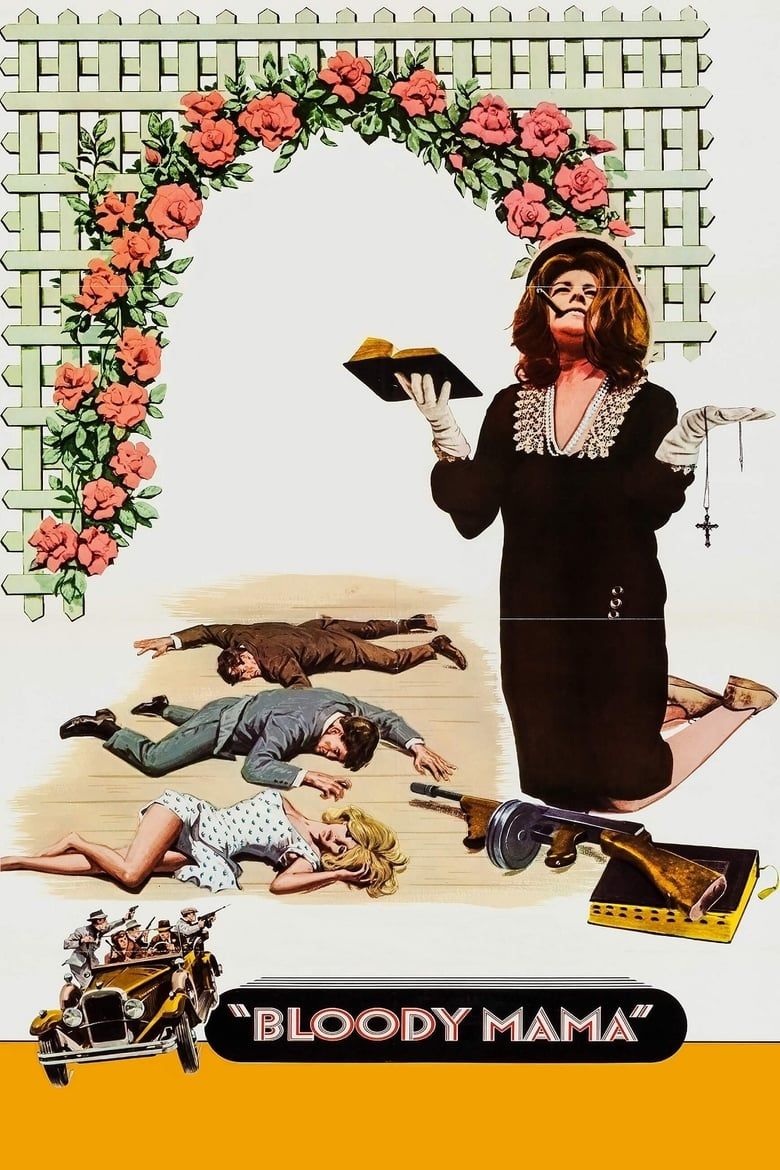
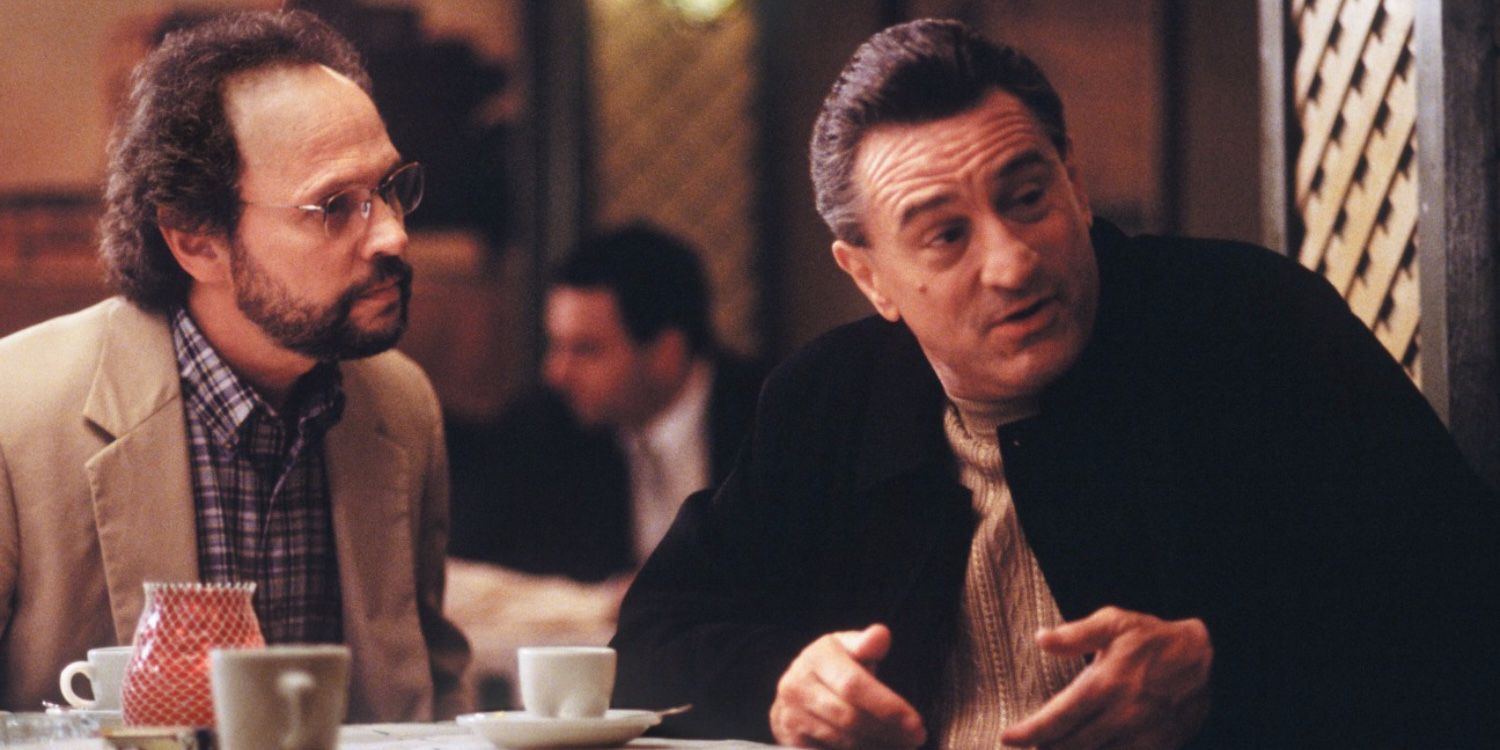
The year 1999 saw two gangsters unpacking their mental health troubles with a therapist, as it saw the release of the film Analyze This and the acclaimed TV series The Sopranos. While Tony Soprano’s therapy sessions added depth to his characterization, the portrayal of De Niro’s Paul Vitti was played for laughs in a broad comedy whose main joke was that tough guys don’t talk about their feelings. While , and De Niro had great chemistry with Billy Crystal, Vitti was essentially a collection of clichés played for laughs.
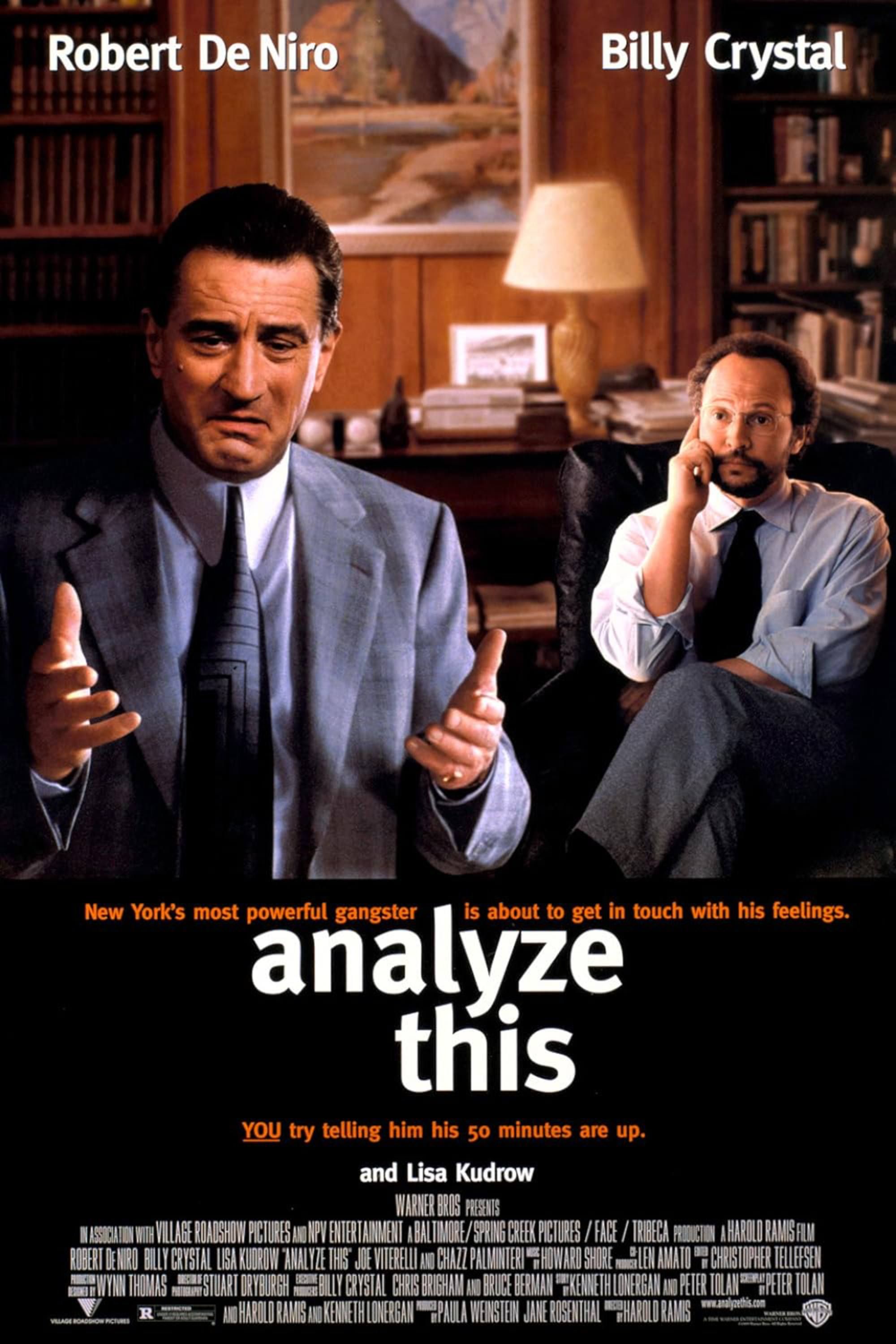
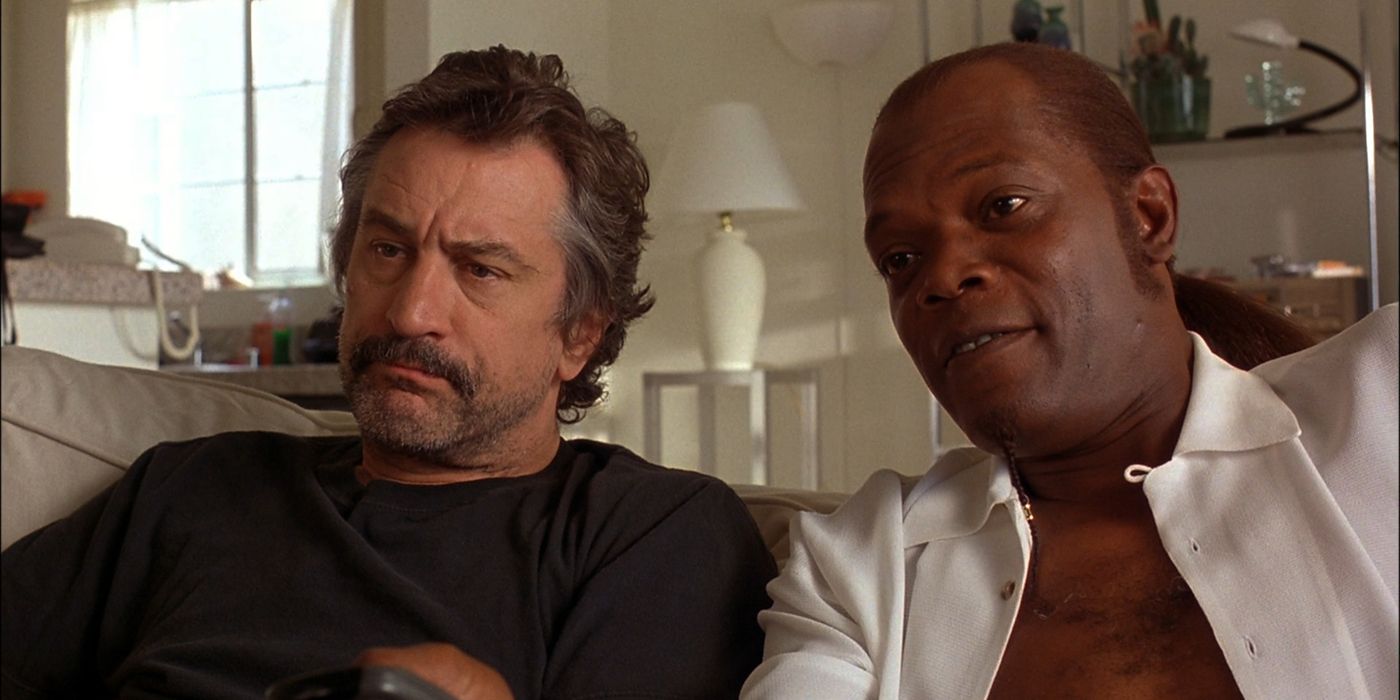
To see was a truly exciting prospect back in 1997, and the small-time crook Louis Gara in Jackie Brown was a great character. With an unkempt appearance and funny dialogue, Gara was an excellent addition to this homage to Blaxploitation cinema, whose repressed rage throughout made for hilarious viewing. While Gara was amusing to watch, he was also quite frightening when he finally snapped, and this performance makes us wish De Niro had been in more Tarantino movies in later years.
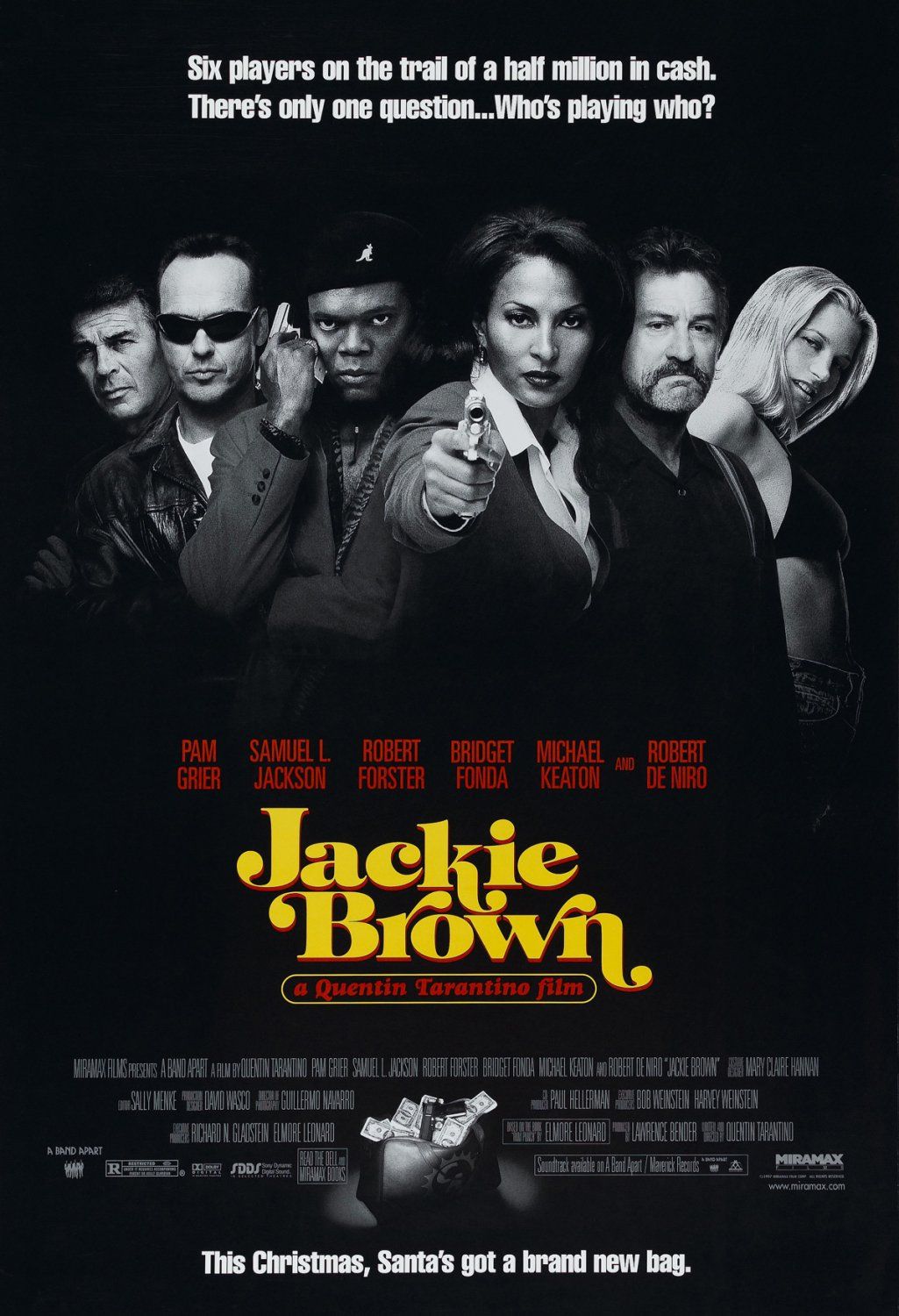
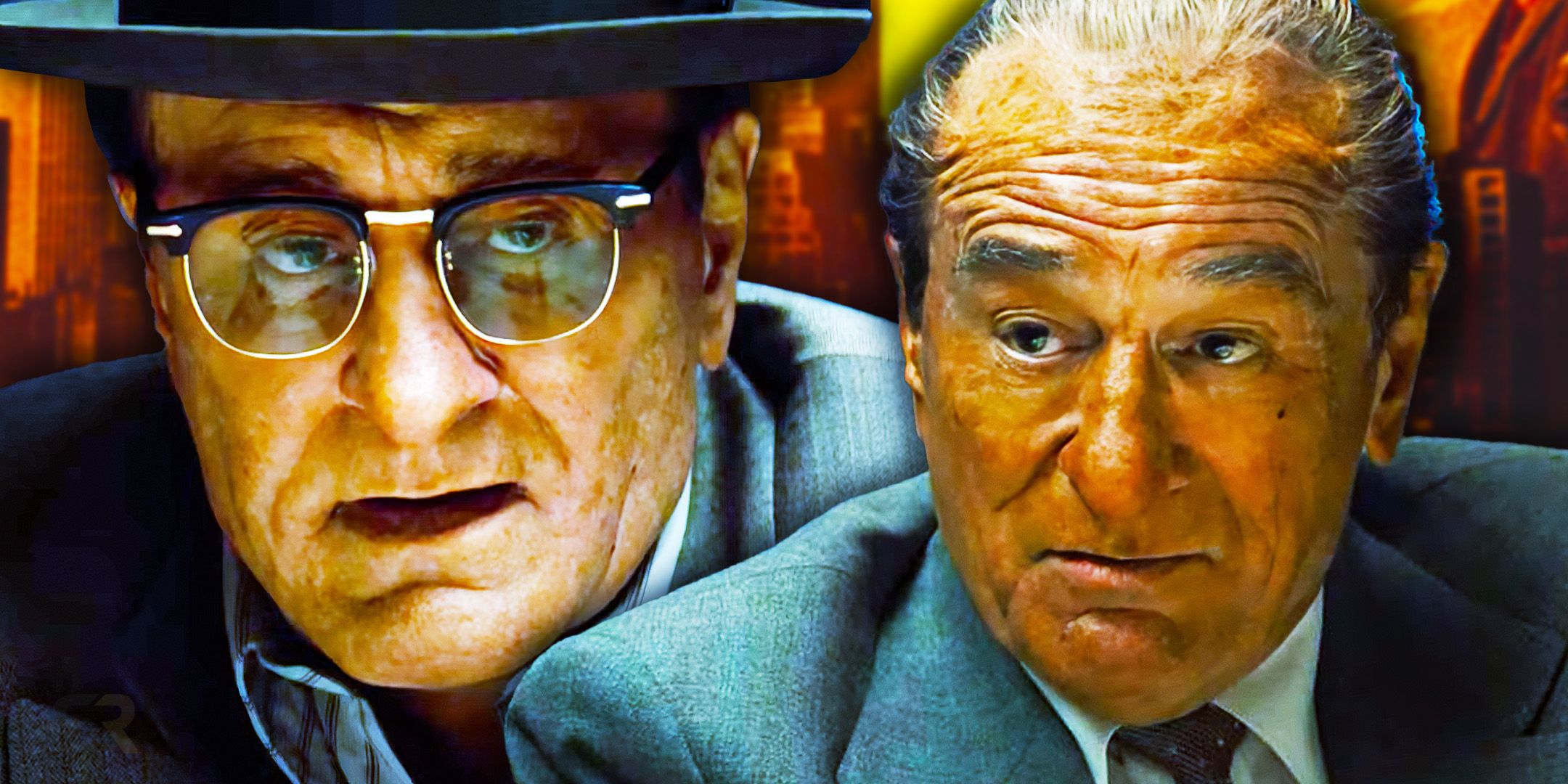
Robert De Niro stepped out of his comfort zone to play not one, but two gangsters in Barry Levinson's biographical crime drama The Alto Knights. , De Niro tapped into the appeal of some of his best roles, and the use of prosthetics and makeup made the two characters feel wholly distinct from one another. With a Scorsese-like style, The Alto Knights tells a familiar story effectively, and the most enjoyable parts are the scenes in which De Niro convincingly acts opposite himself.

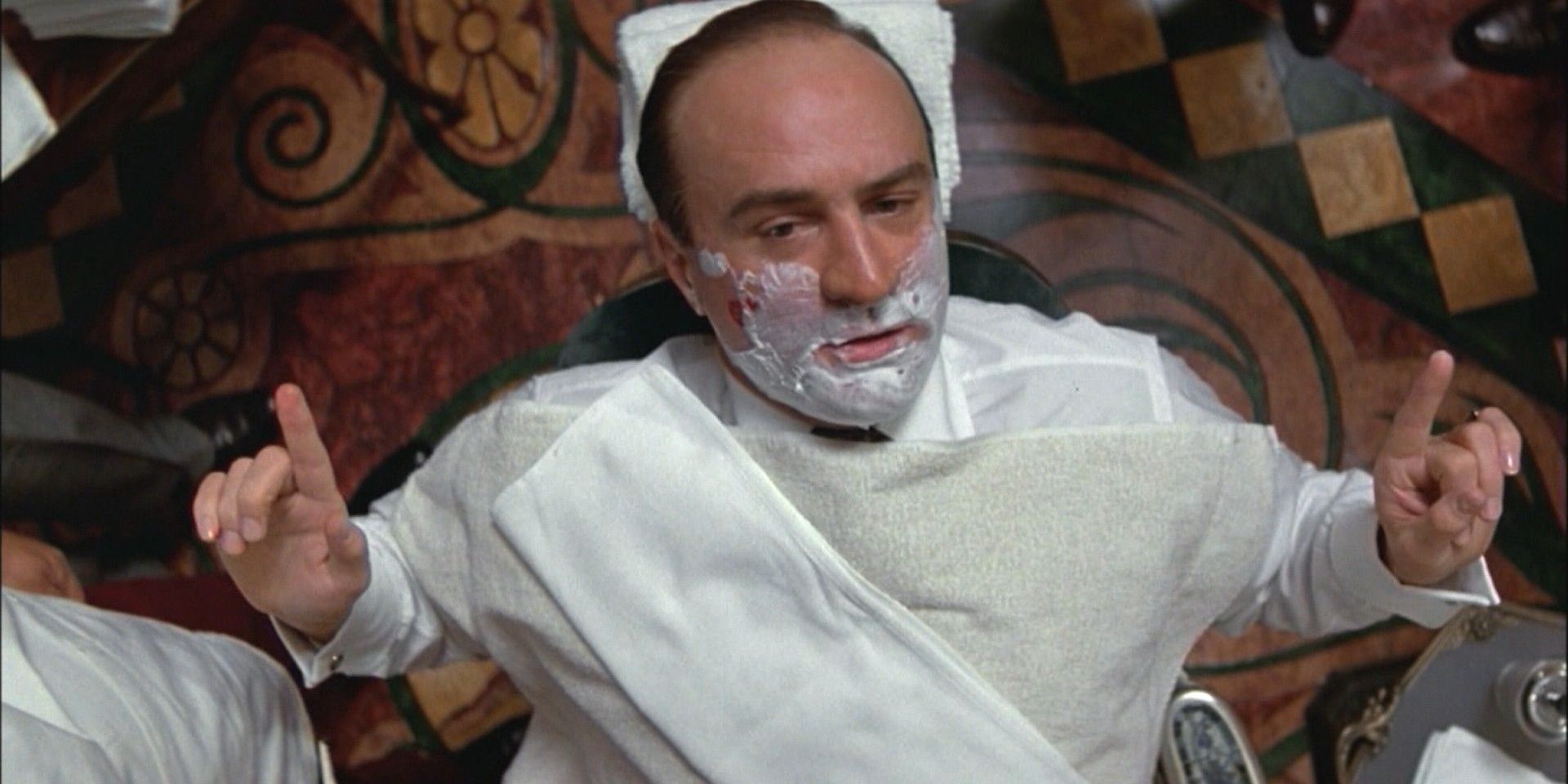
While Robert De Niro has played several real-life crooks and infamous gangsters, none were more iconic than Al Capone, the prohibition gangland kingpin seen in The Untouchables. As the story of the cops who finally brought Capone down for tax evasion of all things, and the power he wielded over everyone around him. With the shaving scene being a particularly memorable moment, De Niro tapped into his most menacing side for his role in The Untouchables.
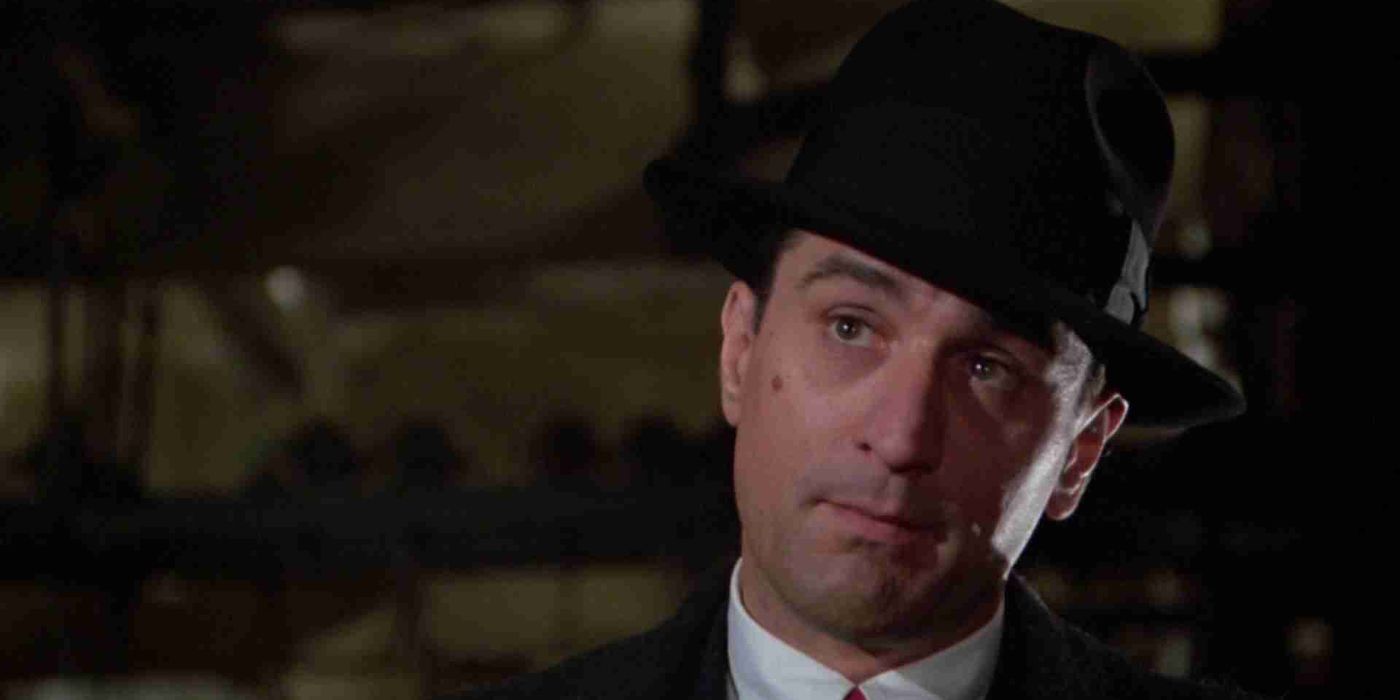
David "Noodles" Aaronson was among the most interesting gangsters in Robert De Niro’s filmography, as Sergio Leone’s masterful epic crime story Once Upon a Time in America captured the essence of the American dream in all its horrifying beauty. While , he was also a tragic villain who stole, robbed, and murdered for a livelihood, although he carried great guilt for his life of misdeeds. As a self-reflective whose wayward ways left a litany of dead bodies in his wake, De Niro’s authentic performance tapped into a deep regret at the heart of Noodles’ character.
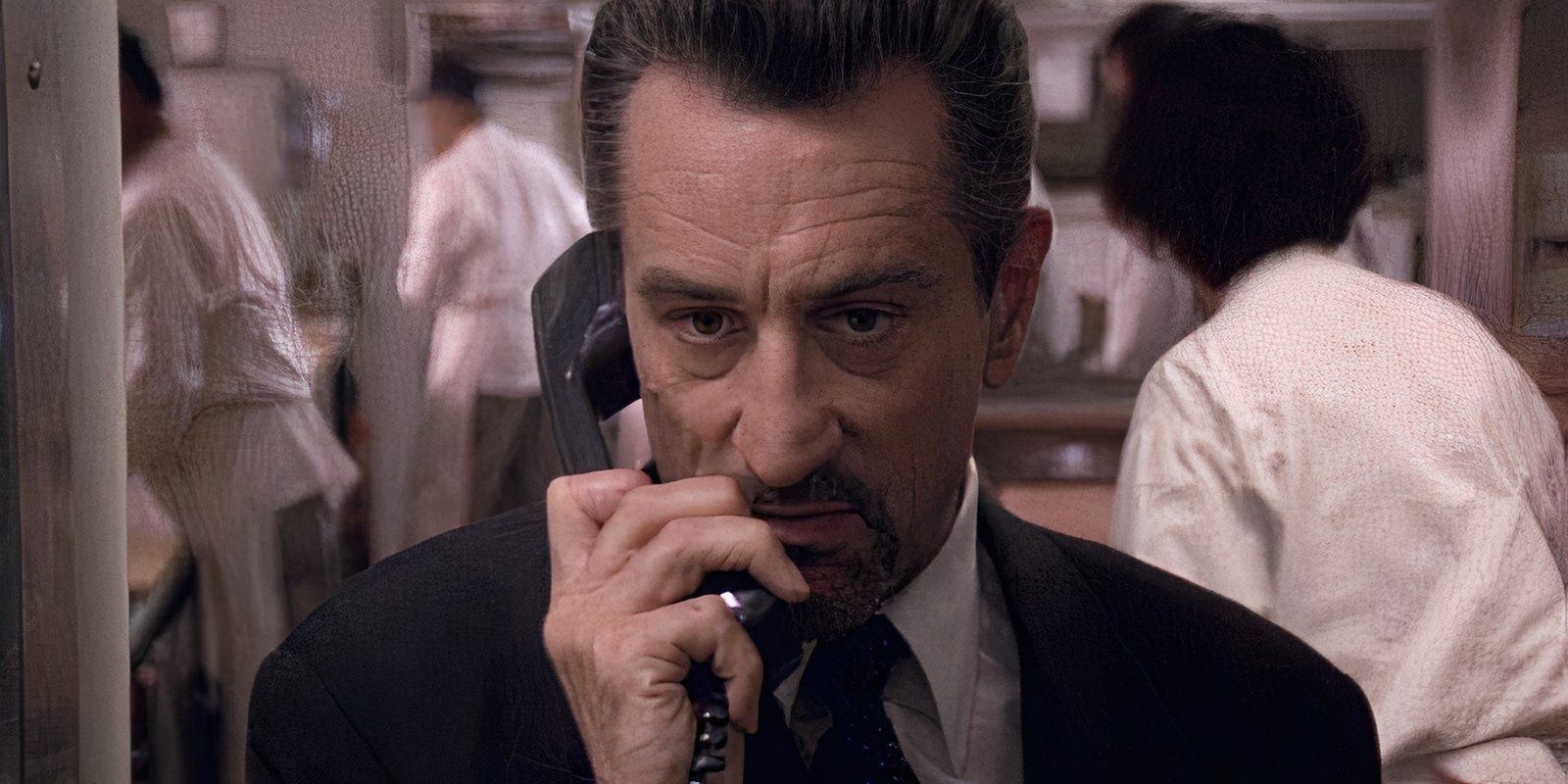
The intense game of cat and mouse at the heart of Michael Mann’s Heat would not have been nearly as effective without great characters at the center of its story. With and Al Pacino as the LAPD Lieutenant determined to bring him down, this engaging pair of legendary actors represented two sides of the same coin as a career criminal comes face-to-face with the law. With the iconic diner confrontation scene telling you everything you need to know about this character, Heat was among De Niro’s most fascinating gangster roles.
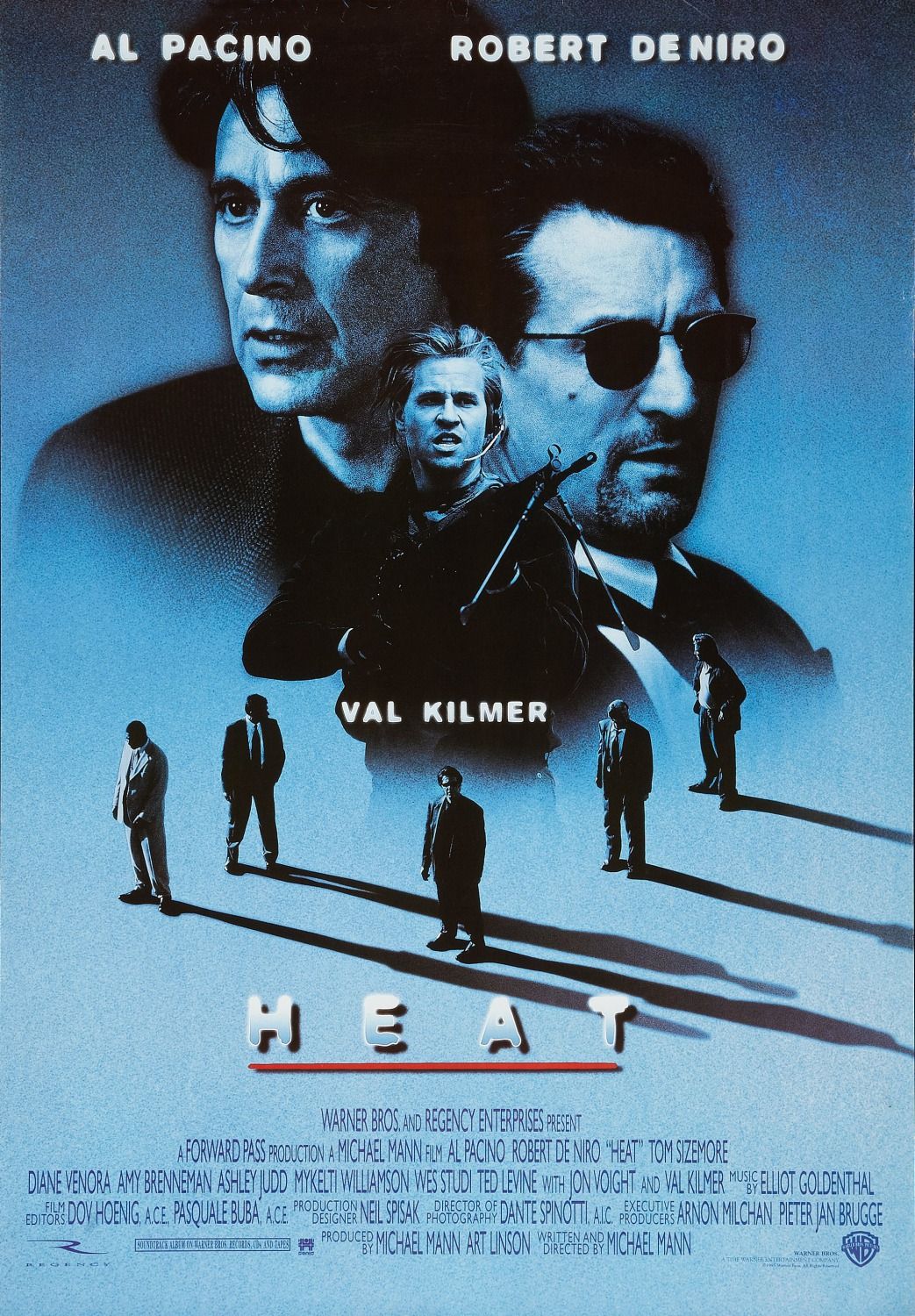
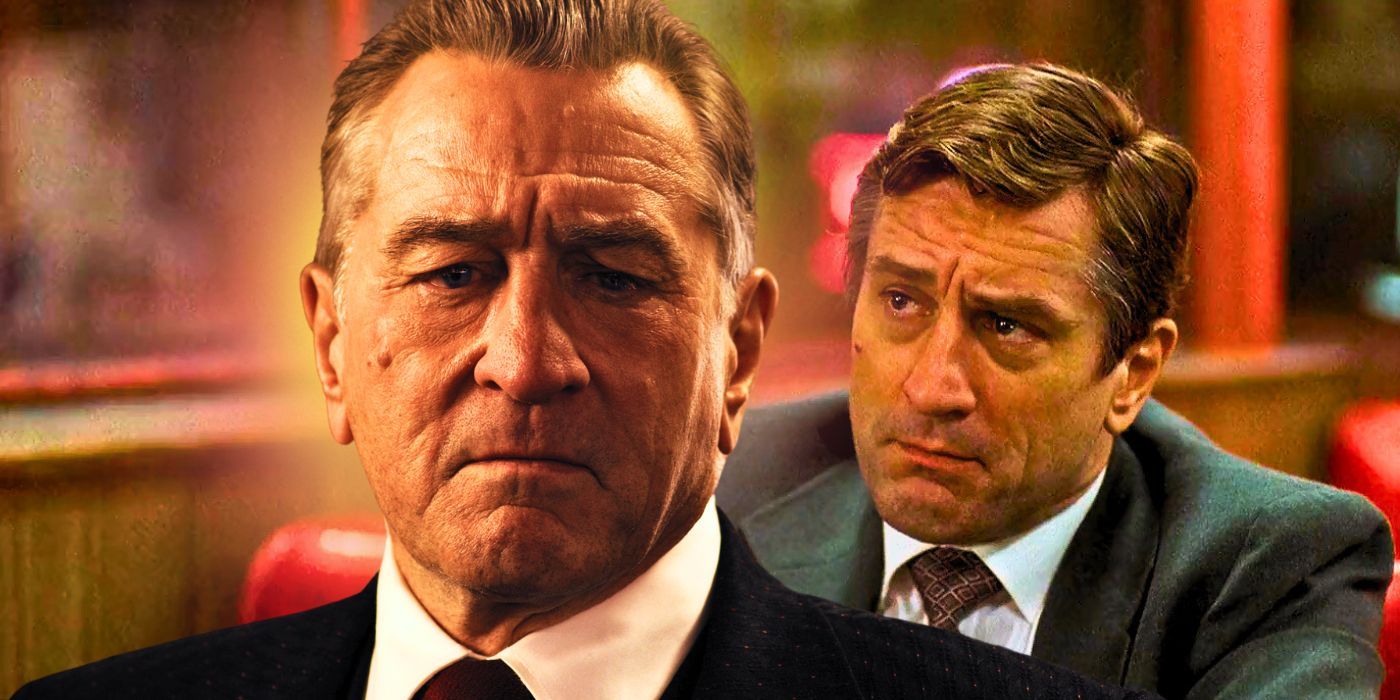
Few movies boast more gangster movie icons than The Irishman, a sprawling epic directed by Martin Scorsese starring Robert De Niro, Al Pacino, and Joe Pesci. De Niro played the Italian-American mafia hitman Frank Sheeran in a story that traversed decades and utilized CGI de-aging technology to allow the actors to portray their characters at different life stages. While many bemoaned the extended three-and-a-half hour runtime of The Irishman, in this long-awaited reunion with Scorsese, their first film together since Casino in 1995.
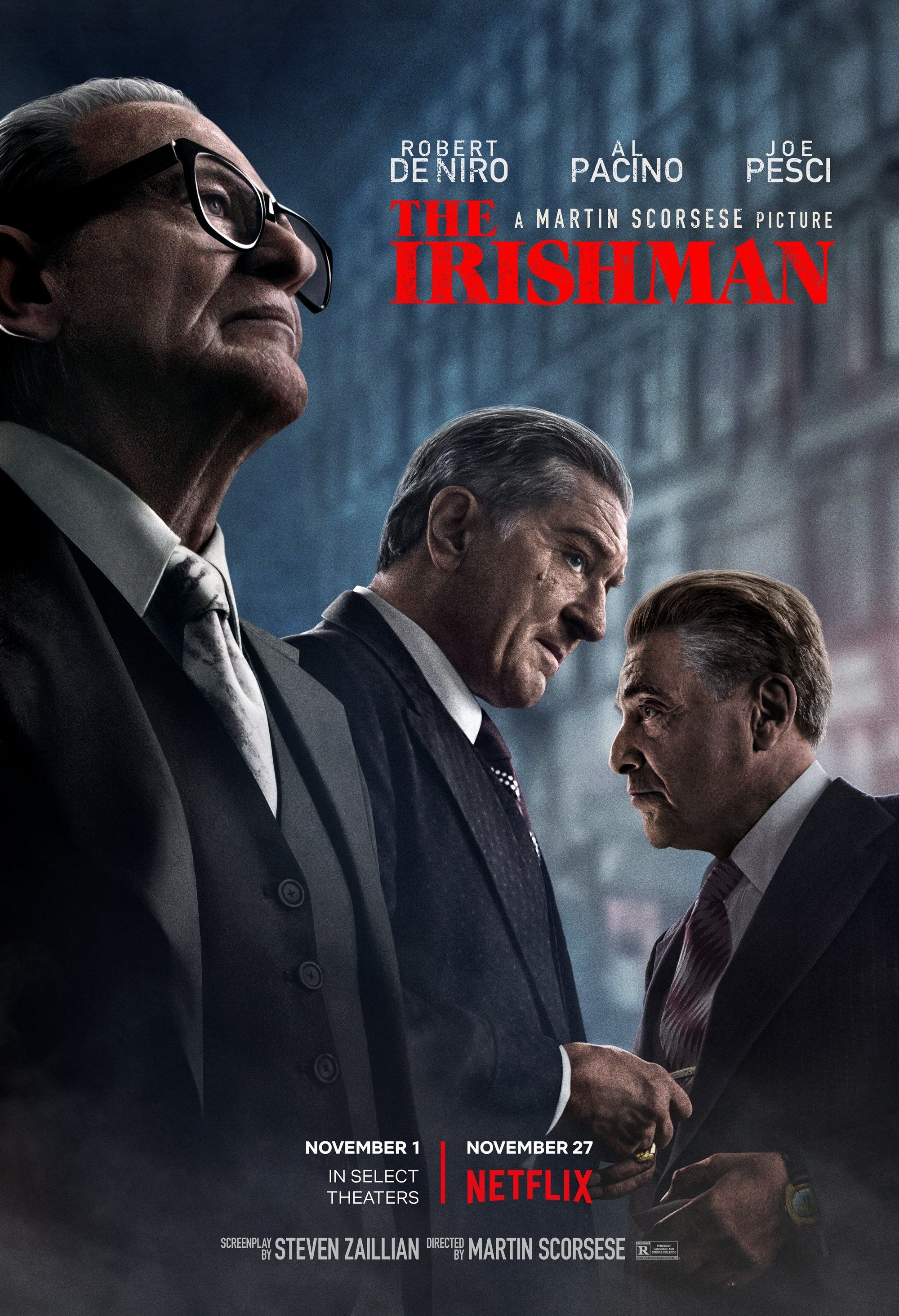
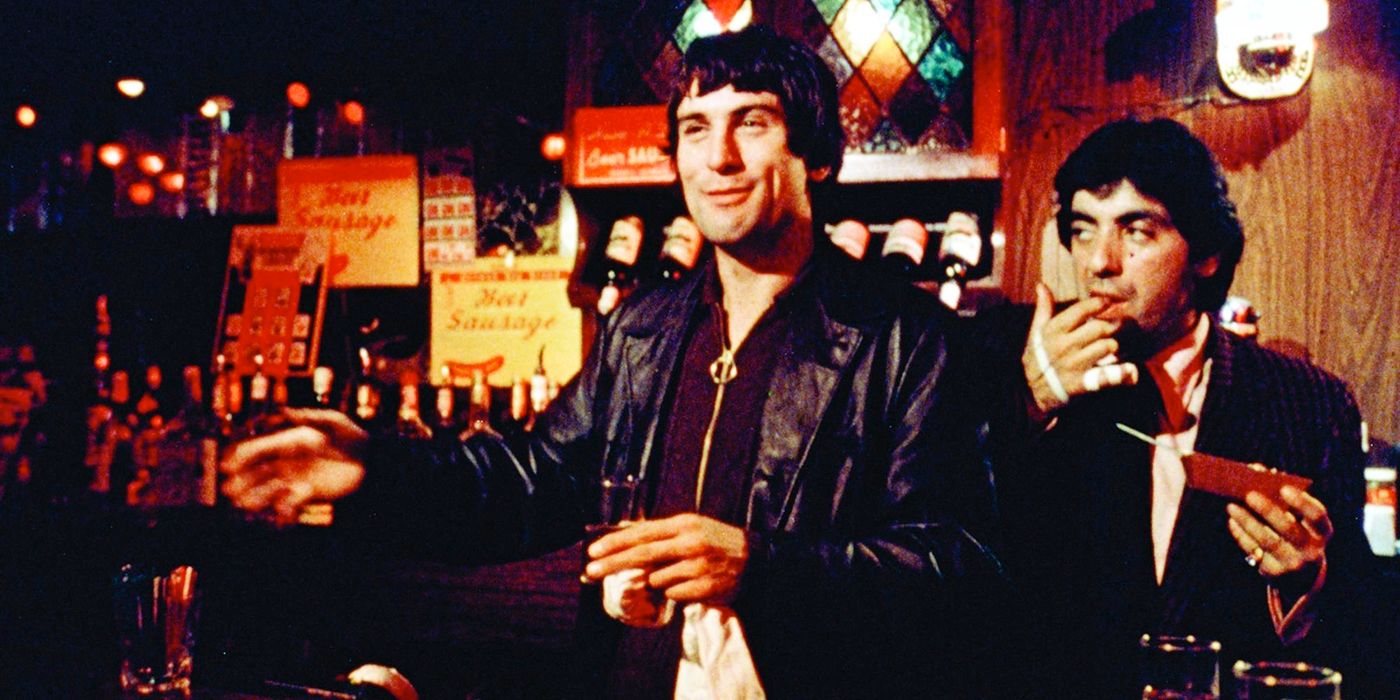
Robert De Niro’s performance in Mean Streets was a defining moment in the history of cinema. As the reckless young man with ties to the mob who can’t help but get everyone around him into trouble due to his mental instability, , which was always deepened by layered and complex performances. This was a performance that only opened the door to playing many more acclaimed gangsters for Martin Scorsese, but De Niro’s work here was the first hint of his status as one of the best actors of all time.
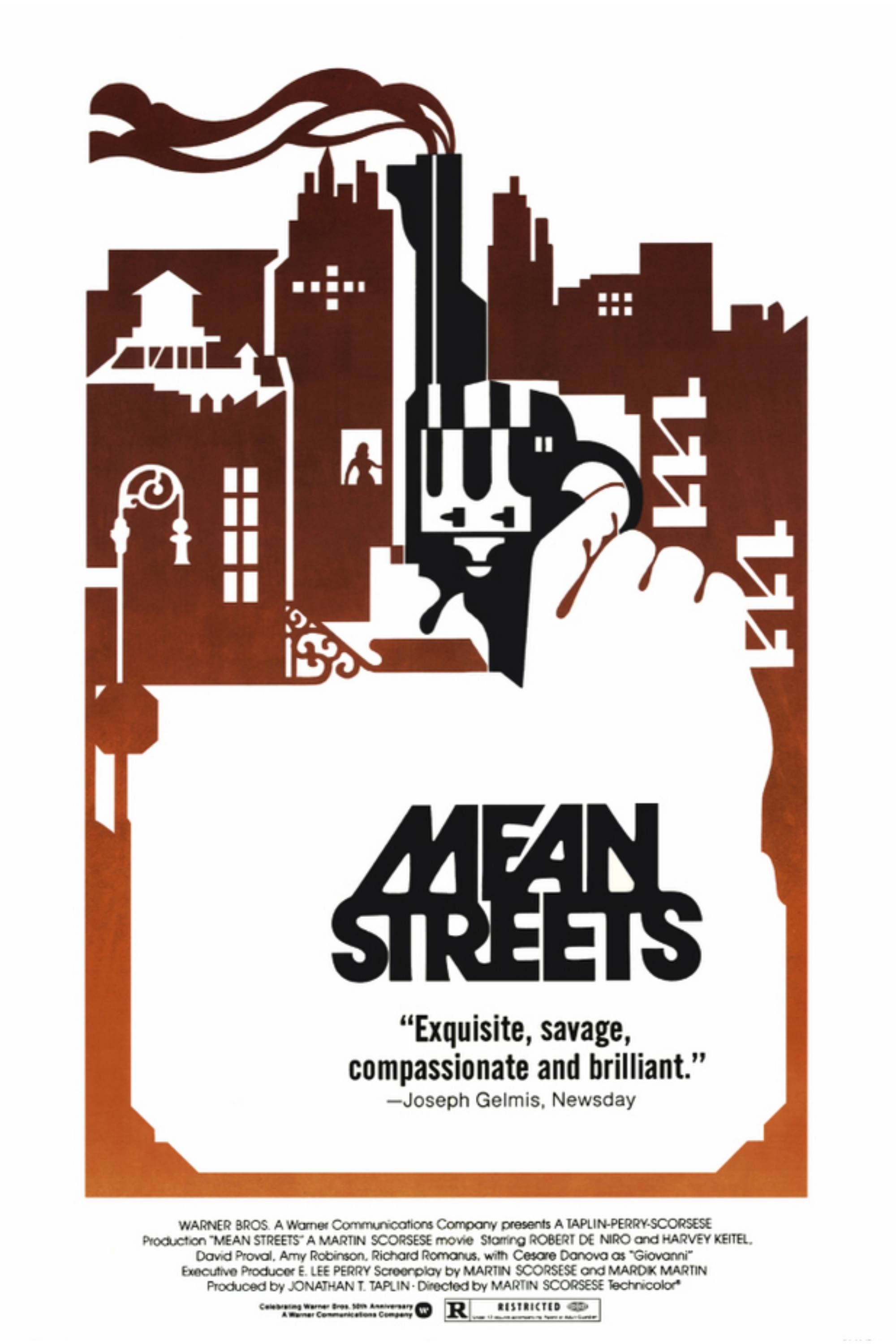
Mean Streets
- October 14, 1973
- 112 Minutes
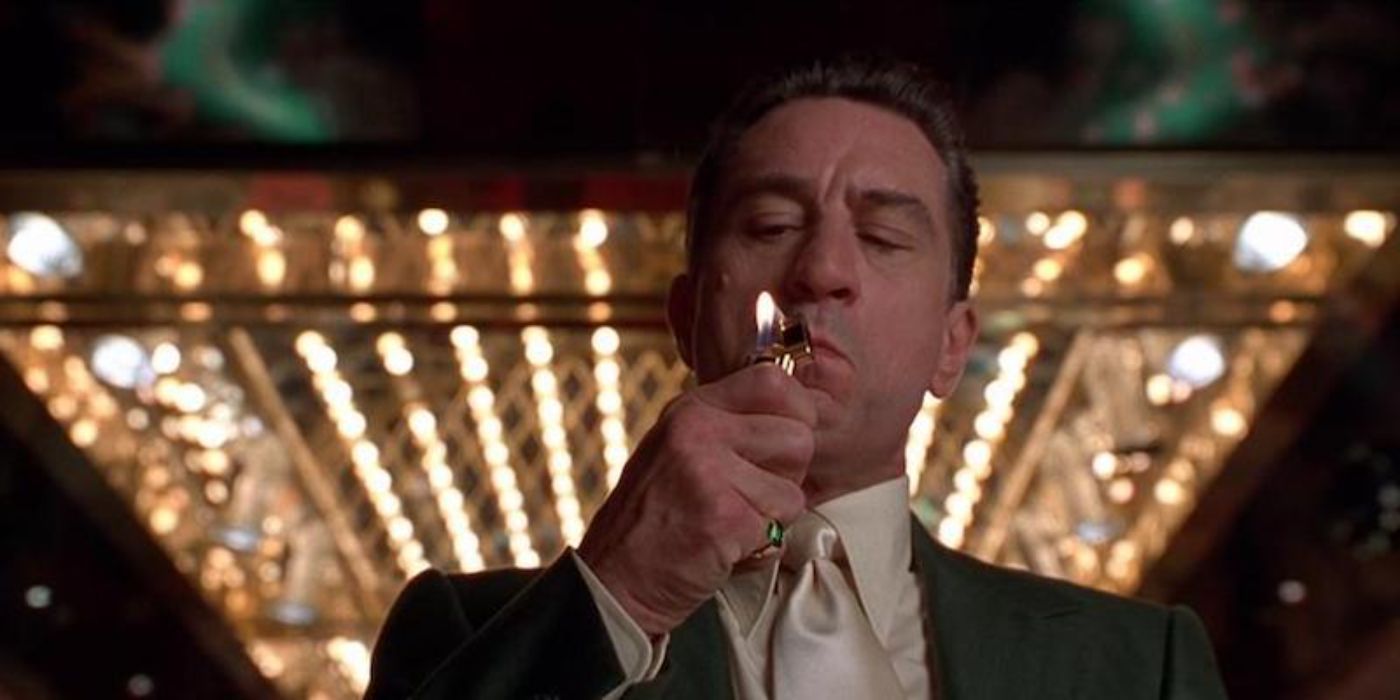
While the real-life casino executive Sam “Ace” Rothstein presented himself as a Las Vegas businessman, his associations with the mob were explored in Martin Scorsese’s Casino. As a man obsessed with maintaining order in the chaotic world of gambling, Ace was seen consistently fixing games and using his gangster connections to ensure things ran the way that he wanted in his casino. While Sharon Stone’s astounding performance as the streetwise hustler Ginger McKenna may have upstaged De Niro here,
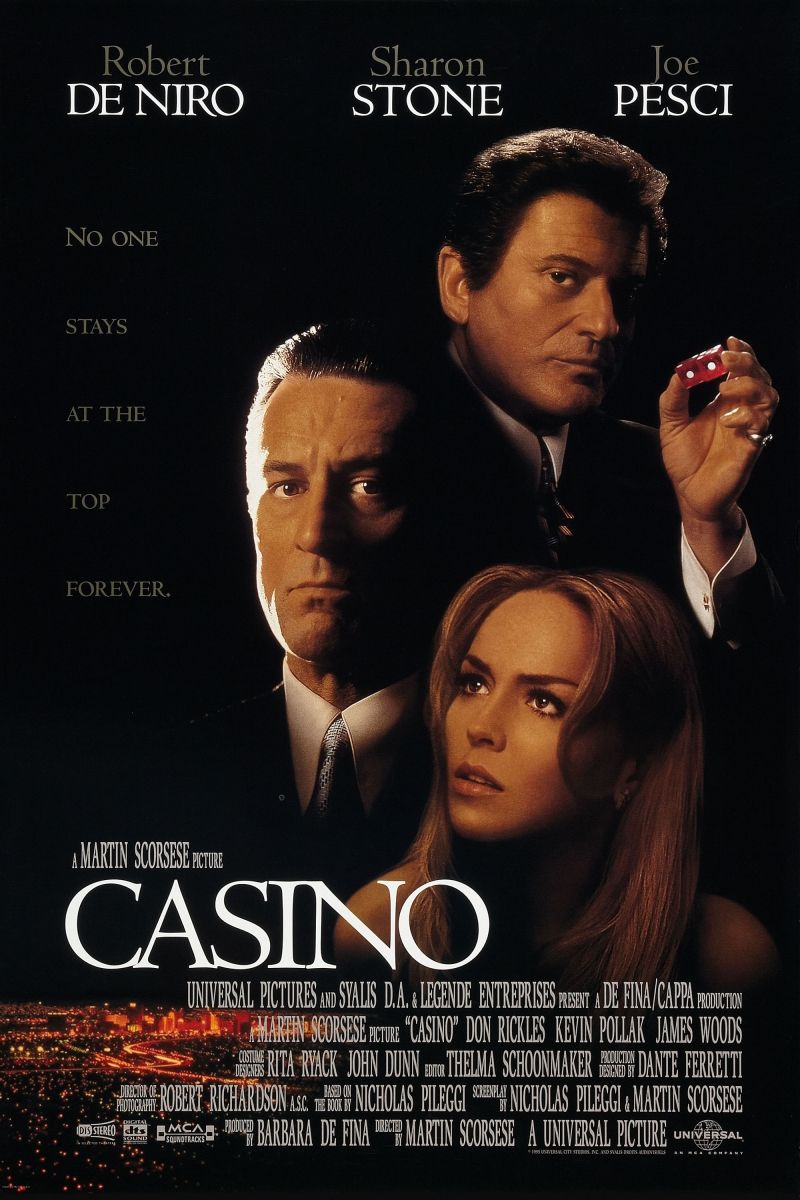
Casino
- November 22, 1995
- 178 minutes
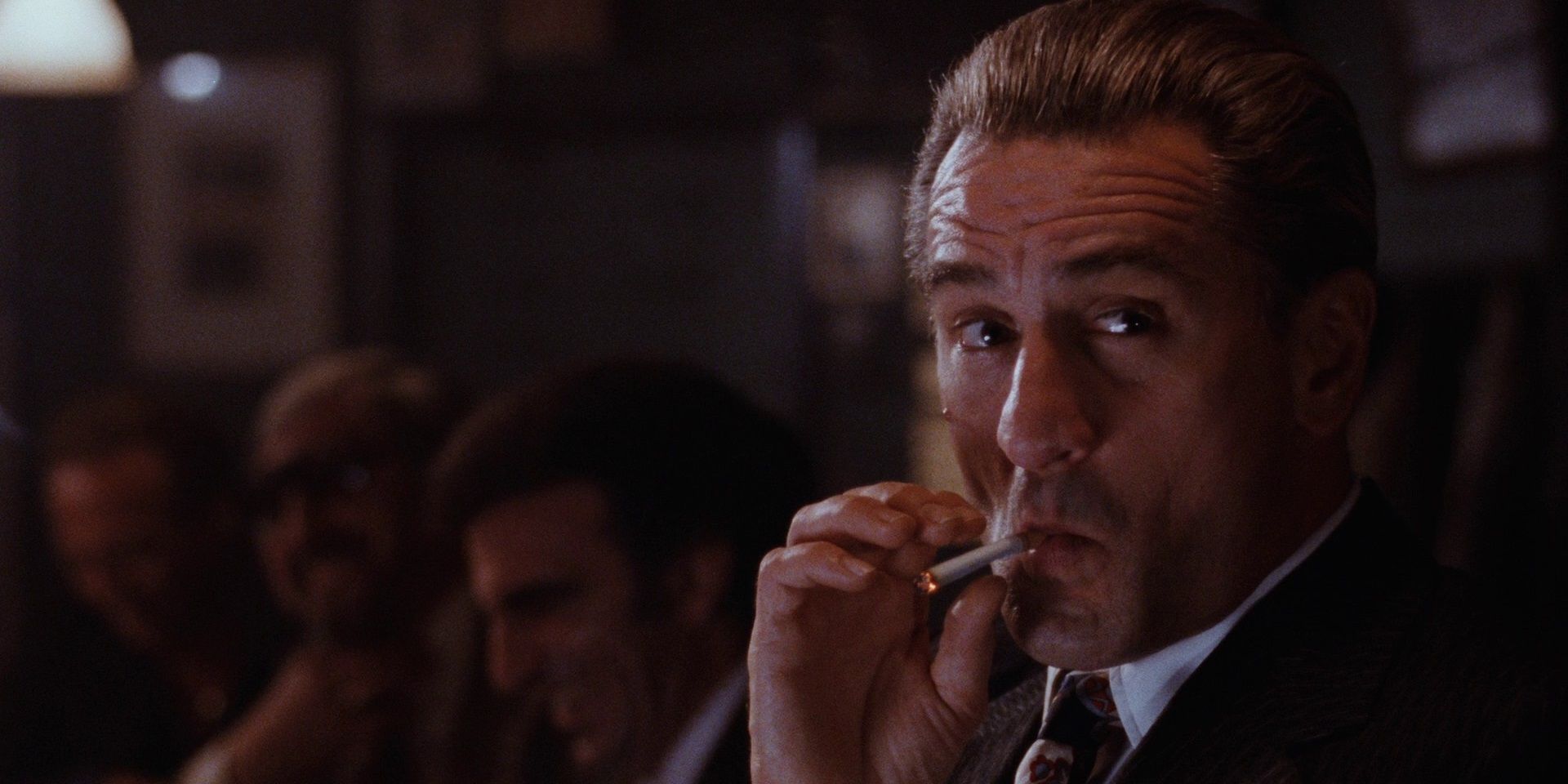
While many will remember Ray Liotta’s frantic performance as Henry Hill or the intimidation of Joe Pesci in Goodfellas, the power of Robert De Niro’s role as Jimmy Conway should not be understated. As a menacing and subtly manipulative mobster, would fly off the handle at a moment’s notice. While this wasn’t a flashy or over-the-top performance, Jimmy highlighted the cool calculation of an experienced mobster in this 1990s Martin Scorsese masterpiece.
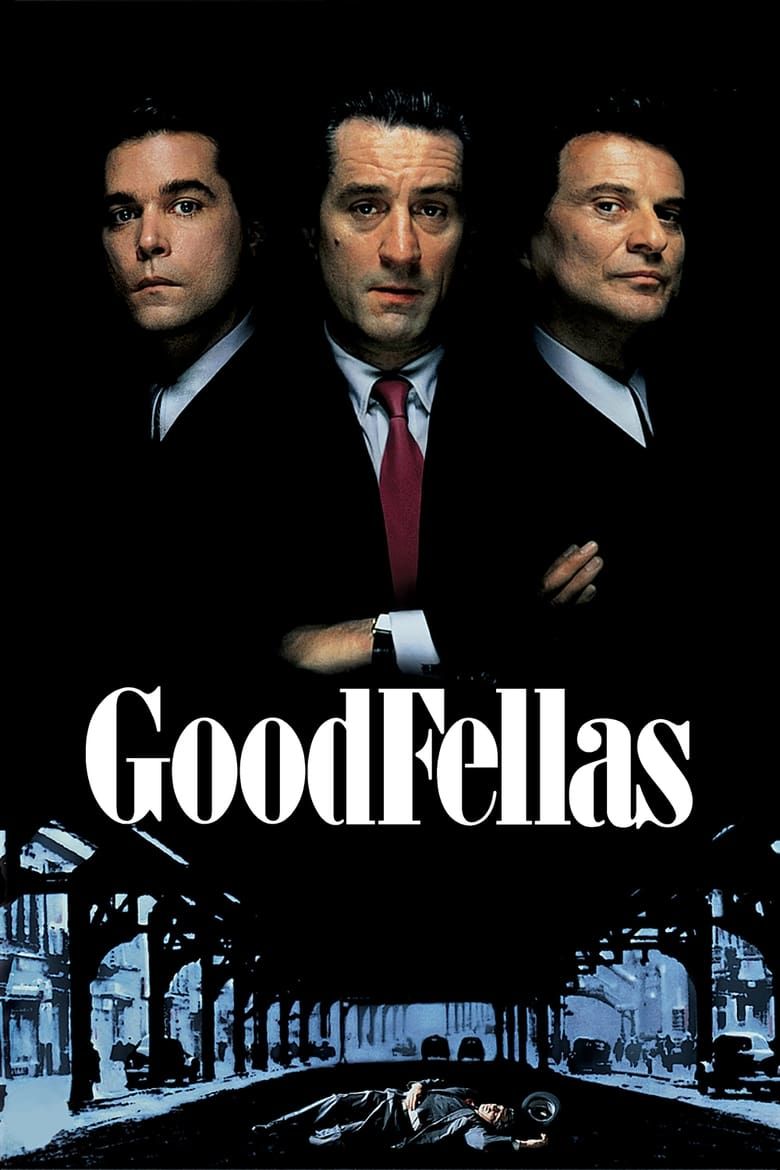
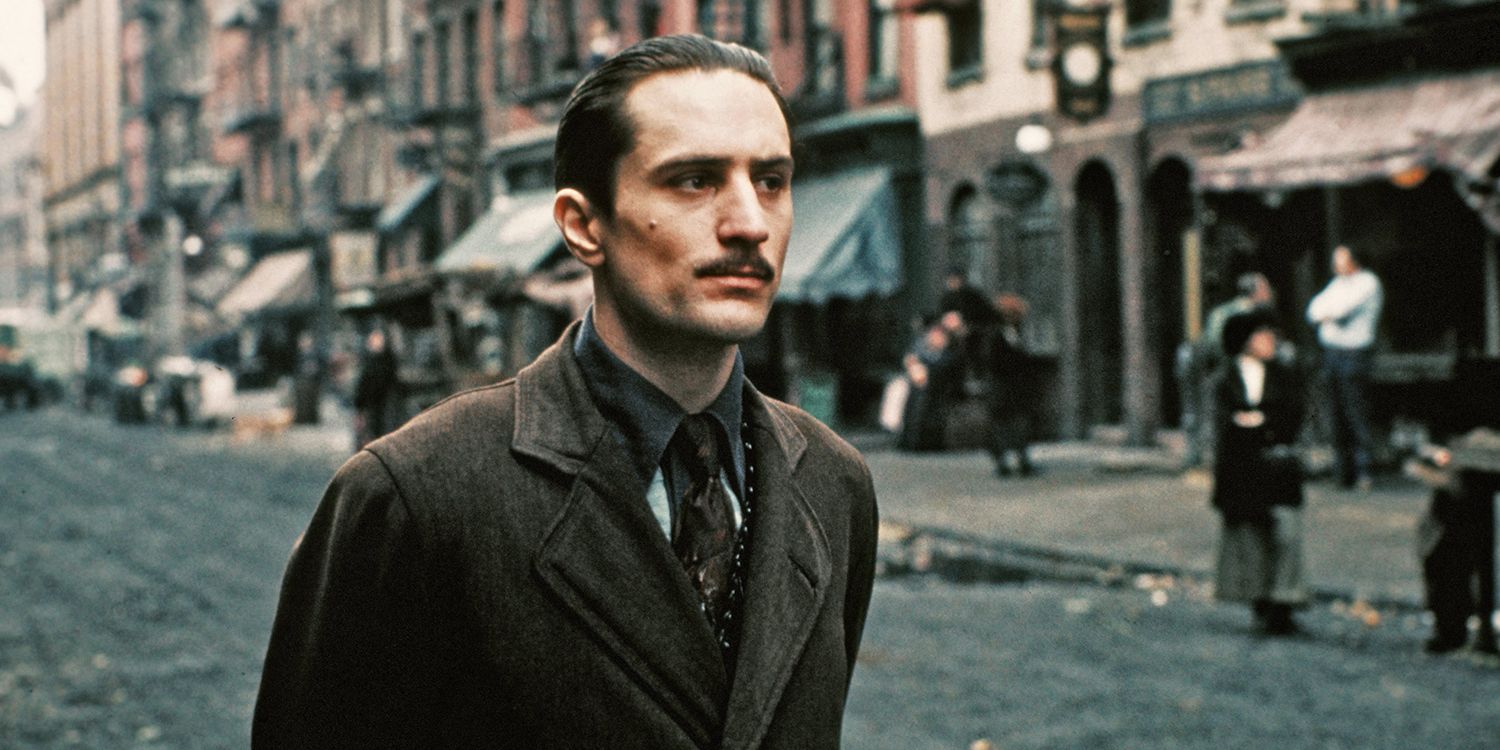
While Marlon Brando was perfectly cast as Vito Corleone in The Godfather, . As a dual story set in two different time periods, De Niro captured Vito’s rise in the criminal underworld and showcased, better than any other film, how a gangster can build an empire from nothing and achieve a dark version of the American dream. In a masterful performance that earned him the Academy Award for Best Supporting Actor, The Godfather Part II was greatest gangster role.

